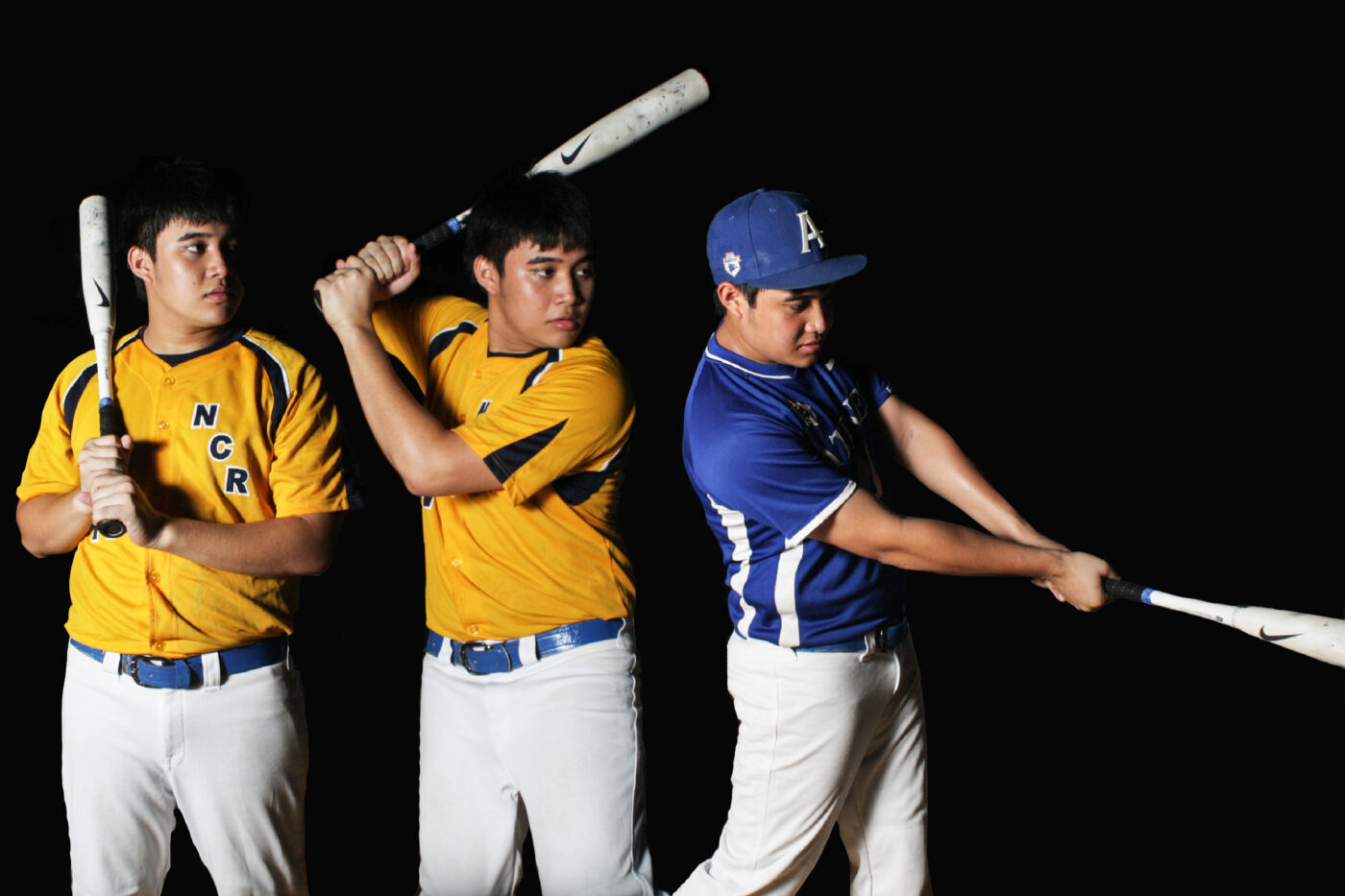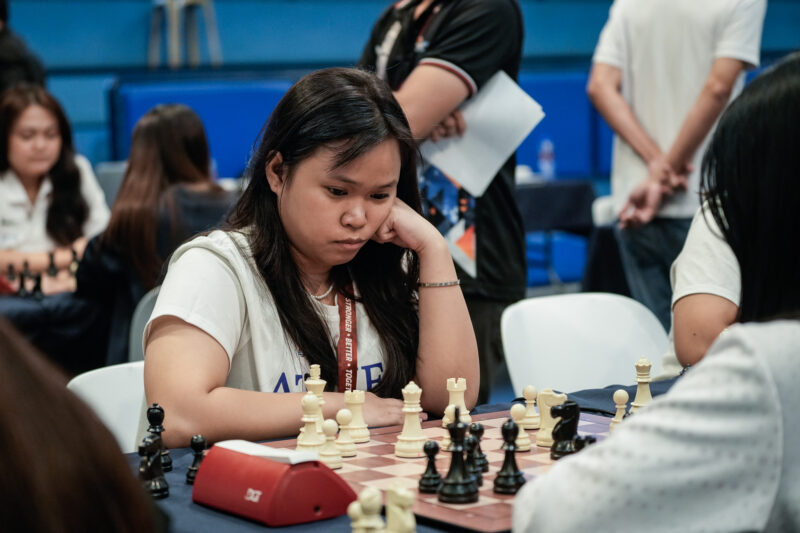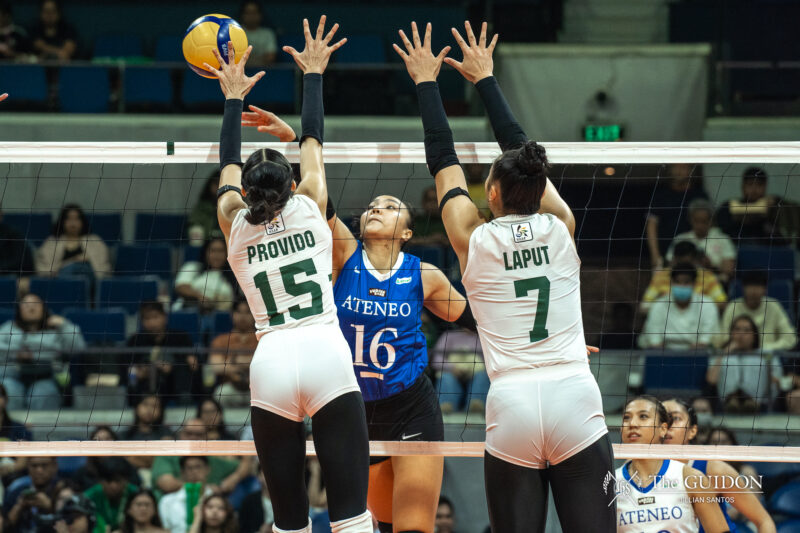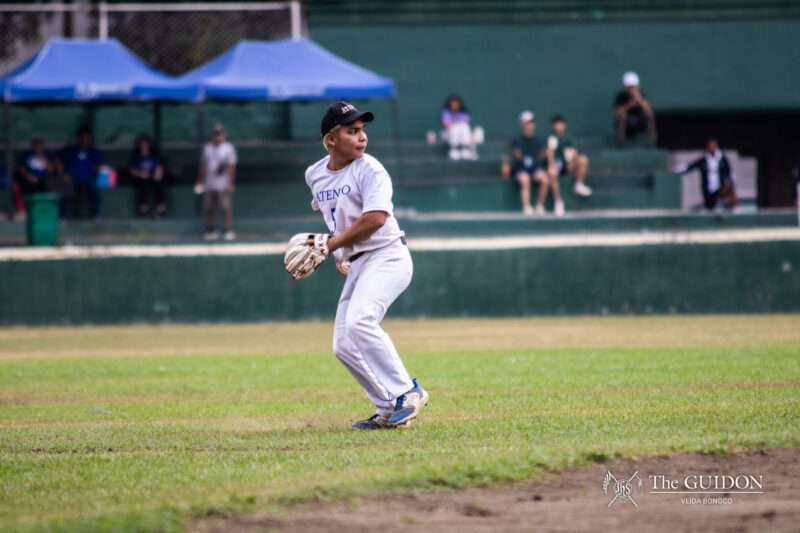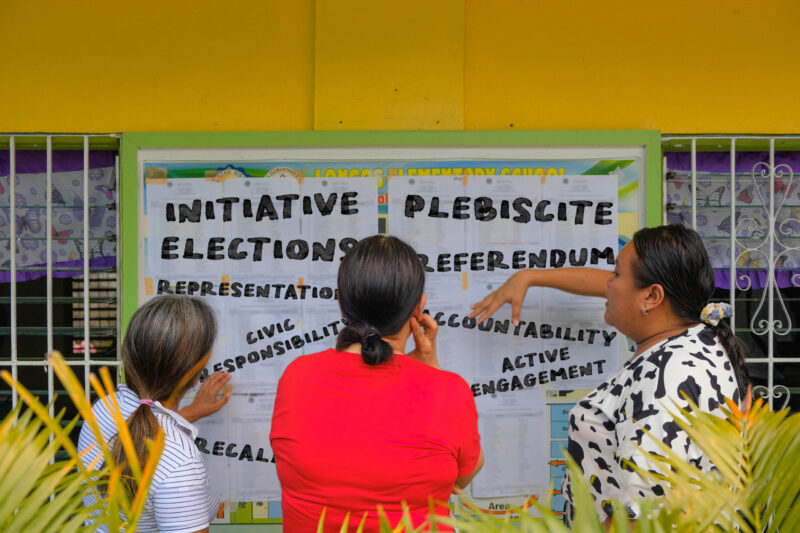WHEN MARIANE Caparros, an incoming communications technology management freshman of the Ateneo Women’s Football team, was asked what developed her passion for her sport, she responded with a grin, “Palaro.”
The Palarong Pambansa is an annual interregional competition staged by the Department of Education among the 17 different regions in the country. Every year, the best athletes from the entire Philippines converge in a province donning their respective regional colors.
As each year passes, more and more student-athletes are exposed to the strong competition of the Palaro, as it is more popularly known. The tournament is now a breeding ground for untapped local talent, as the increasing media coverage it has been receiving has magnified each athlete’s success. To many of these kids—some as young as 13 years old—this is their ticket to a better life: Numerous high schools, colleges, and universities are intently looking for their next prized catch.
Tough competition
Prior to making it to the national meet proper, a city’s different teams have to compete against each other for the right to represent their city in the regional meet. Once there, their representatives compete against teams from other cities in order to represent the region in the Palaro. Then, the best of each region slug it out for the opportunity to call themselves the National Champions.
This yearly tournament is an eye-opener to many of the athletes joining. Caparros, who was a member of the 2014 National Champions for the Women’s Division in Football, shares about her admiration of the athletes from other regions that she encountered during her four-year Palaro experience. She says that no team should be taken lightly given the pace of the matches.“I learned to be more disciplined with all the training we had to do in between the games just to prepare for the Palaro,”
Going up against top-notch opponents from every region, Caparros also felt the pressure to work harder and to keep fine-tuning her game. She wanted to show her best effort especially with the equipment and technology available to players—like her—from the National Capital Region.
The same goes for Ateneo Blue Batters Miguel Dumalo and Nacho Conjuangco as they both agreed that there is tough competition in the Palaro. In baseball, where proper equipment and training are a must, both players’ eyes were opened with the talent and the determination of the less fortunate players.
Dumlao shares how Palaro motivated him to get better, knowing that there were people from other regions who either matched or exceeded his skill level. “Every team has a chance to win. It’s that good.”
They added that there’s no room for underestimating one’s opponent. Success lies in the question of who wants to win the most and how evenly matched the teams were. “Humility is one thing. I learned that no matter what, you should play with pride but not to the point of being cocky,” Cojuangco shares.
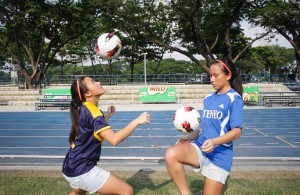
FRESH MEAT. Straight out of high school and this year’s NCR team, Mariane Caprarros is excited to join the Lady Booters in the quest for this season’s UAAP gold medal. (Photo by Alexandra L. Huang)
A new experience
The variety of participants from across the nation and the diversity of culture add to the unique nature of the tournament. Conjuangco says that the Palaro has a different feel compared to an international and inter-school competition. “The different dialects caught me off guard,” he shares. He also admired the diverse mix of playing styles: “I loved seeing the talent that the whole Philippines had to offer. There were some things in baseball that I have never seen before until I played in Palaro.”
But the languages and the competition aren’t the only things that set the Palaro apart. The tournament is not just about the games, as it also consists of different small events outside the playing field. Dumlao, shares that the Palaro was an experience to remember, because his first stint in Cotabato involved a treacherous walk under the heat of the sun. This walk led to the venue where the teams witnessed a grand opening ceremony that consisted of dance numbers from the different regions, as well as a beautiful fireworks display.
Dumlao continues that the tournament included an opportunity to build a deeper bond with his team. “Each region is assigned their own elementary school wherein each team is going to sleep inside a classroom,” he recalls.
Beyond the tournament
As alumni of the program, Caparros, Dumlao and Cojuangco have bagged their share of achievements. For Caparros, the discipline and dedication that she had picked up from Palaro translated into success on the pitch. She won the Best Keeper award in the recent Laguna-based tilt as well as a Most Valuable Player award from the Rizal Football Association.
As for Cojuangco and Dumlao, they were key members of the Blue Batters’ University Athletic Association of the Philippines (UAAP) championship run last year. Additionally, Dumlao took home the honor of being the season’s Rookie of the Year.
These three are not the only UAAP athletes who were scouted through Palaro. But although it is a great opportunity to get discovered, Dumlao and Cojuangco share that they did not know that scouts were keenly observing their game.
“[I] wasn’t really aware if there were scouts or not. [I] just cared about my team’s games and how we were doing,” Cojuango says.
Dumlao adds, “It didn’t really matter that there were scouts. I just wanted to play in Palaro because it was a really good experience. I really wanted to show them what I’ve got.”
The Palaro may have contributed to the development of their technical skills, but these were not the only aspects of their game that were fine-tuned. The value of discipline and the importance of camaraderie stand out as one of the program’s best tokens.
There will always be winners and losers in the tournament but these athletes share the sentiment of the main objective of the Palaro: That is to unite all the different athletes across the country and expose them to the different cultures the country has to offer through sports.

